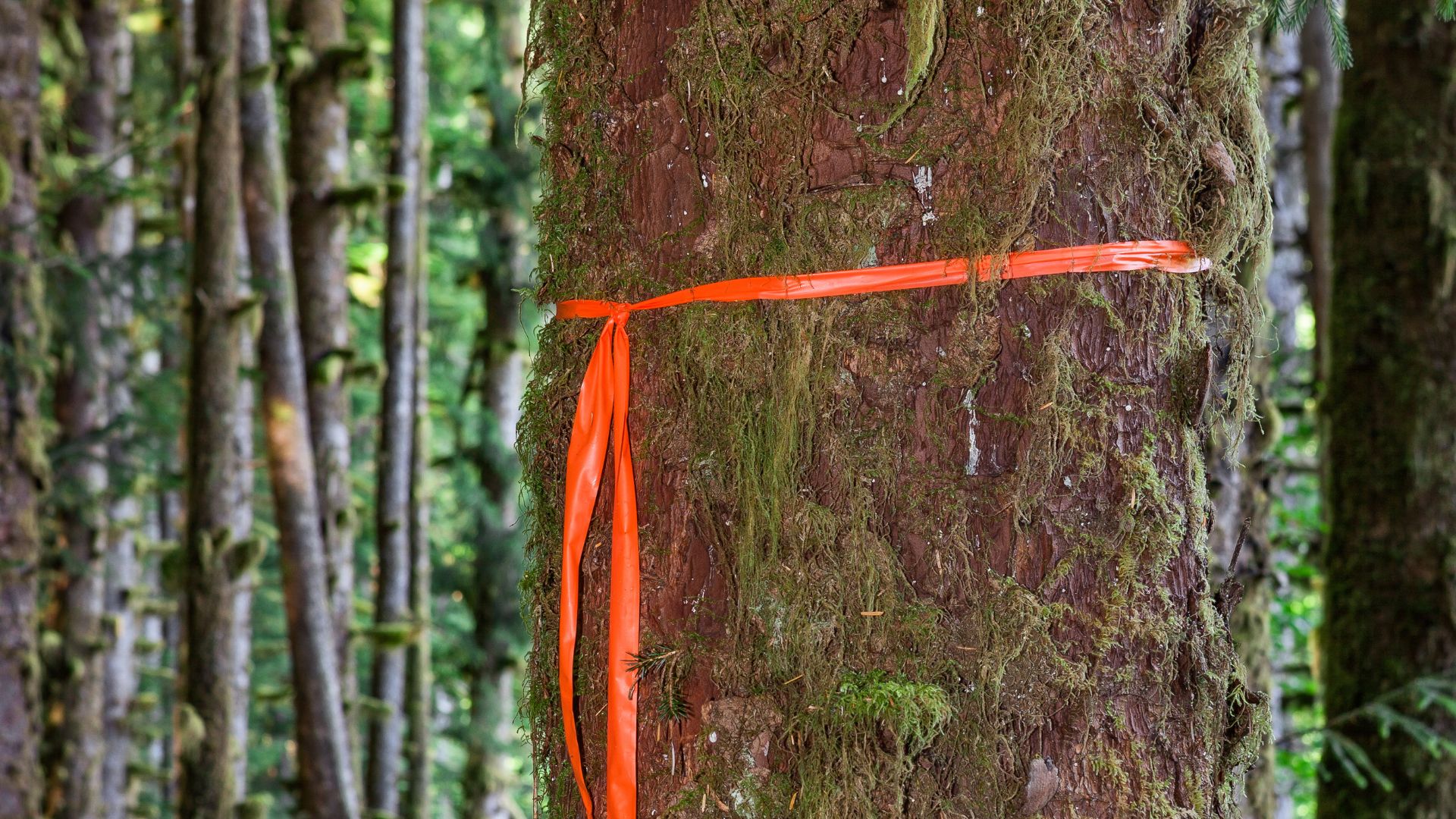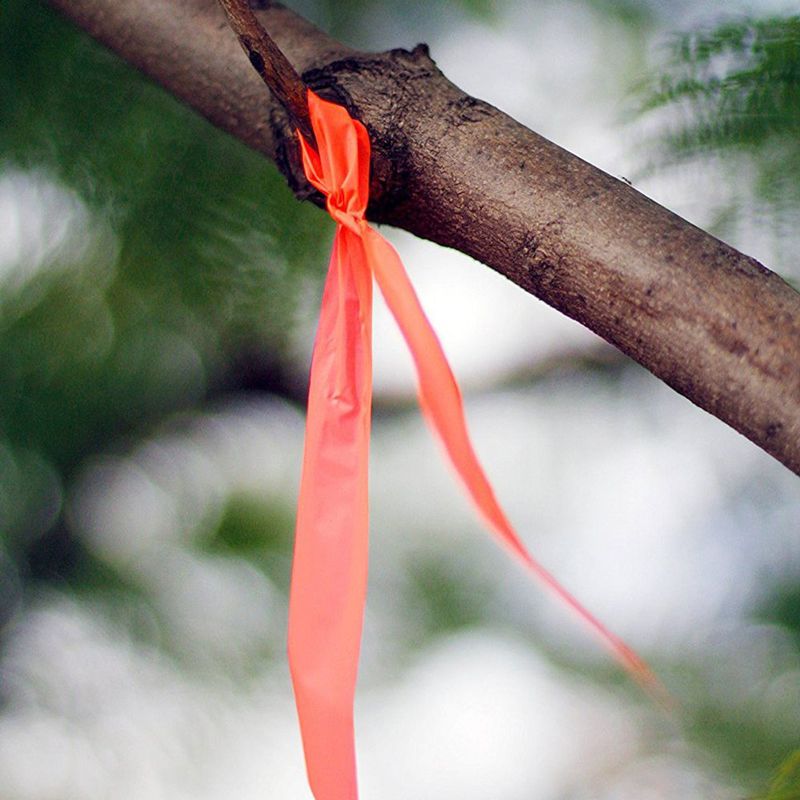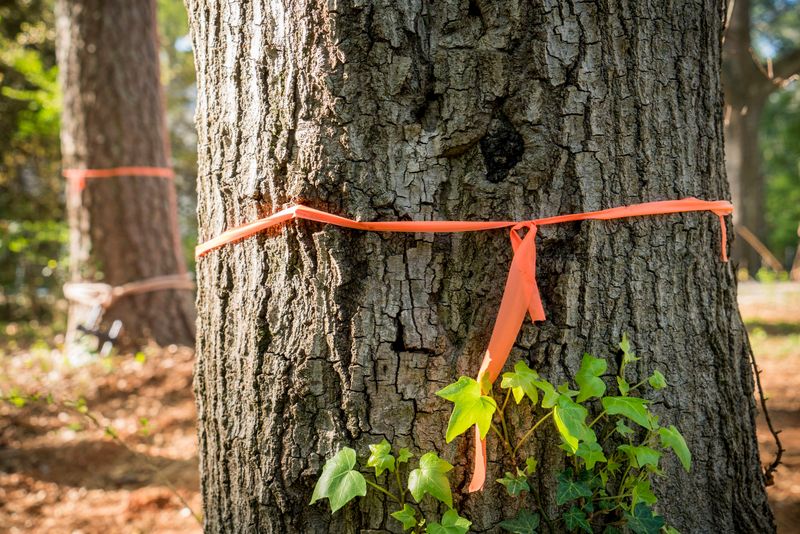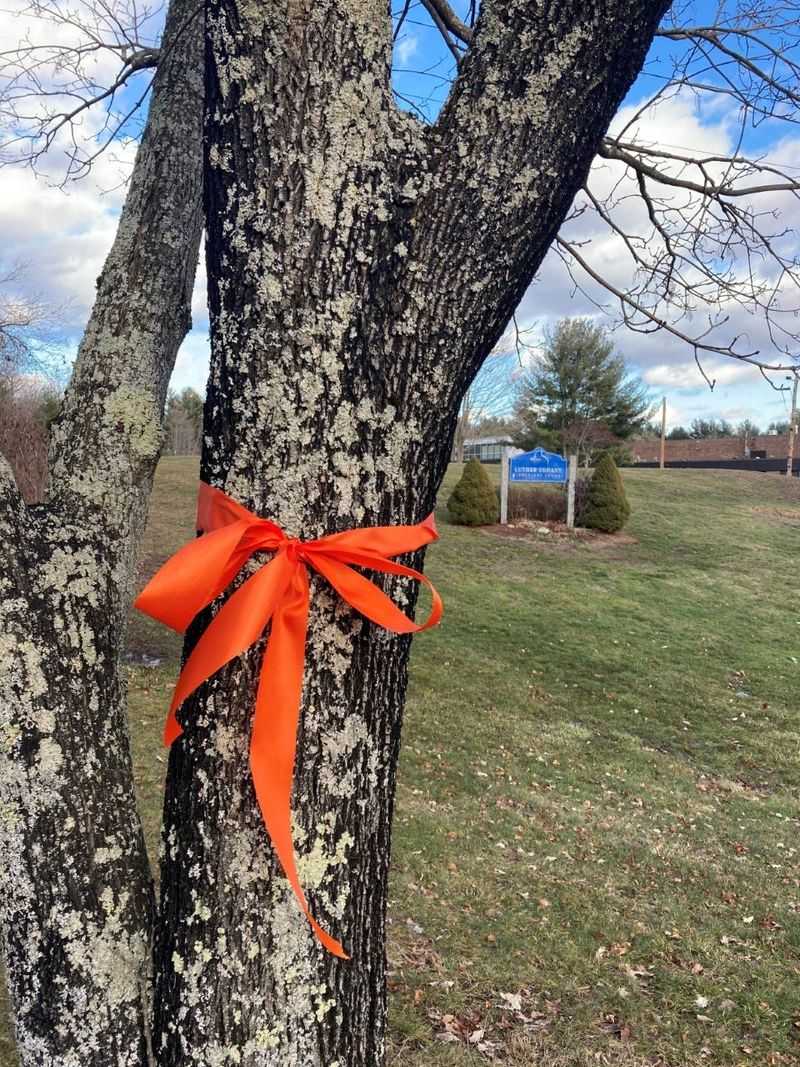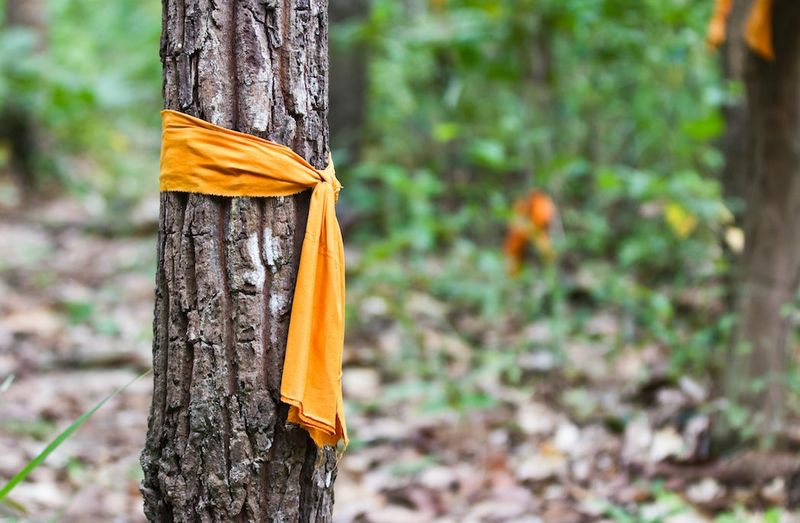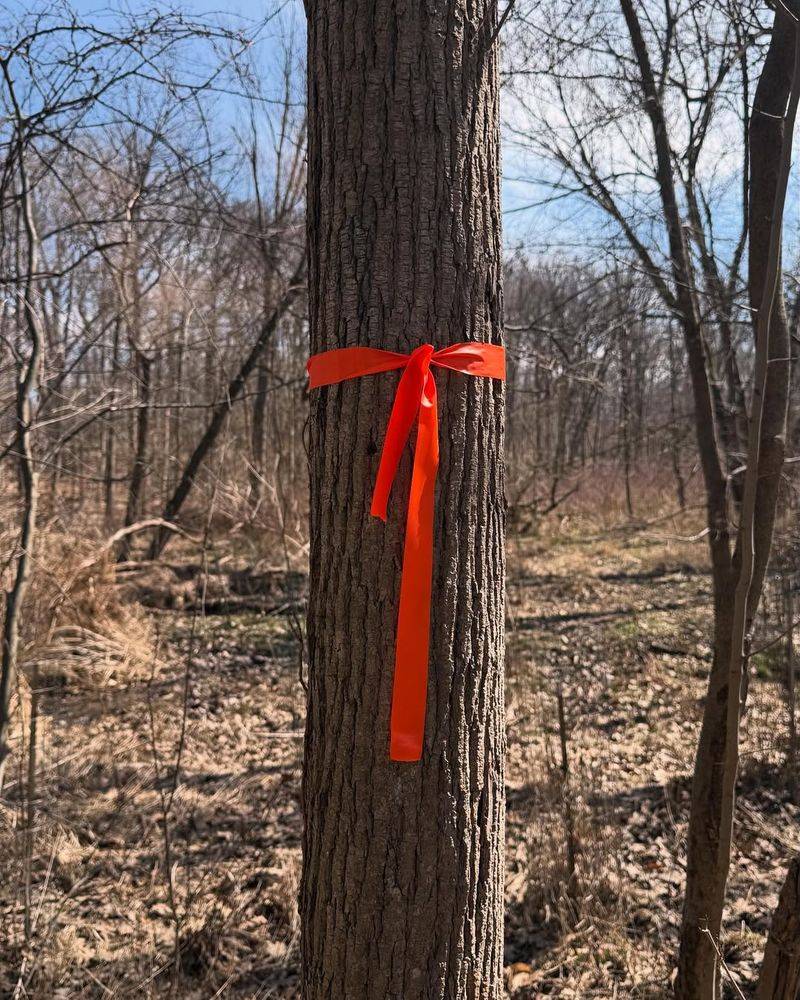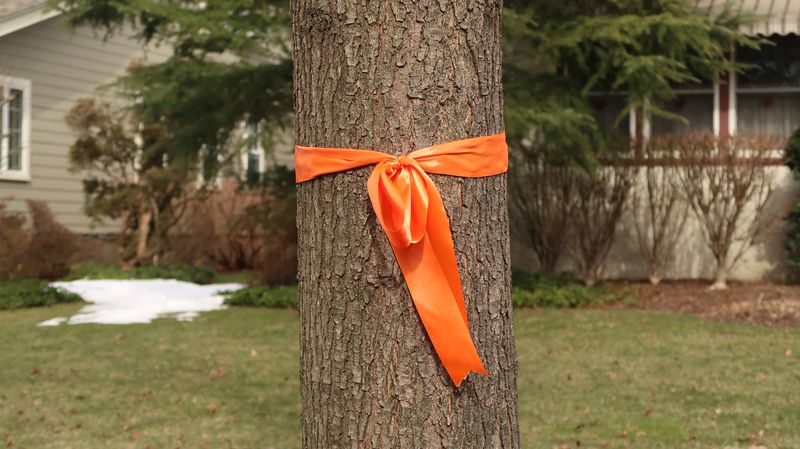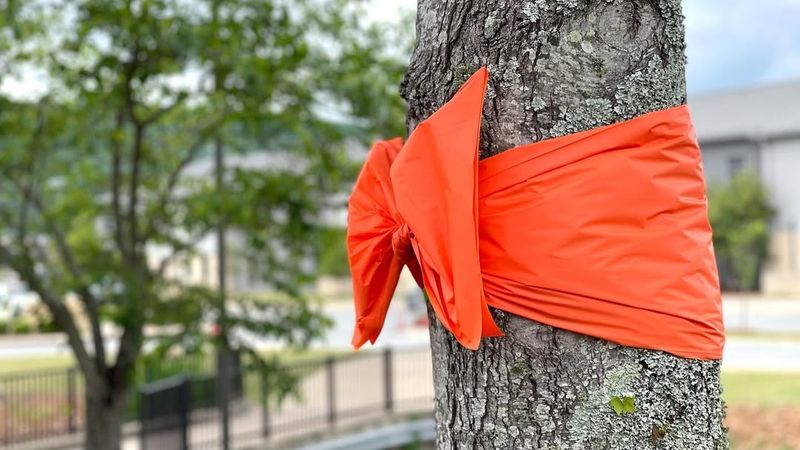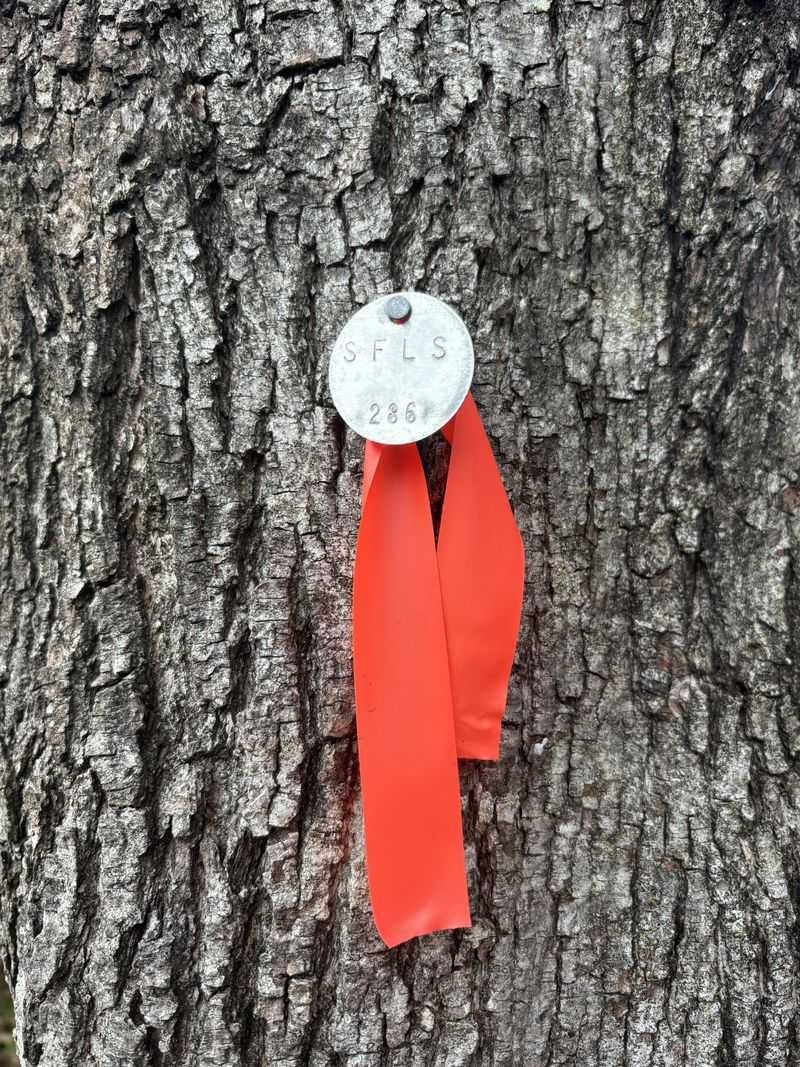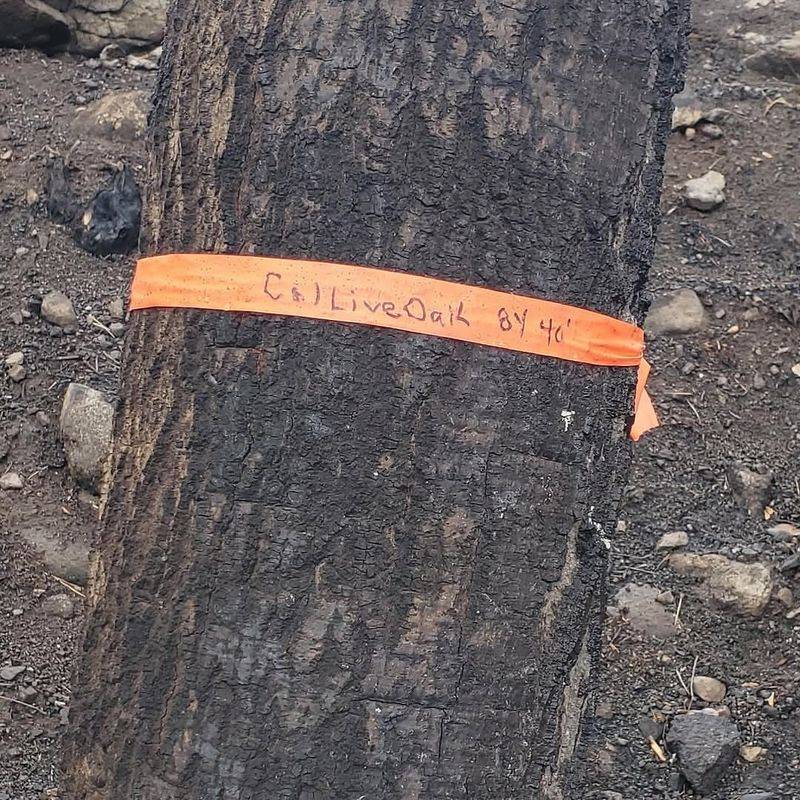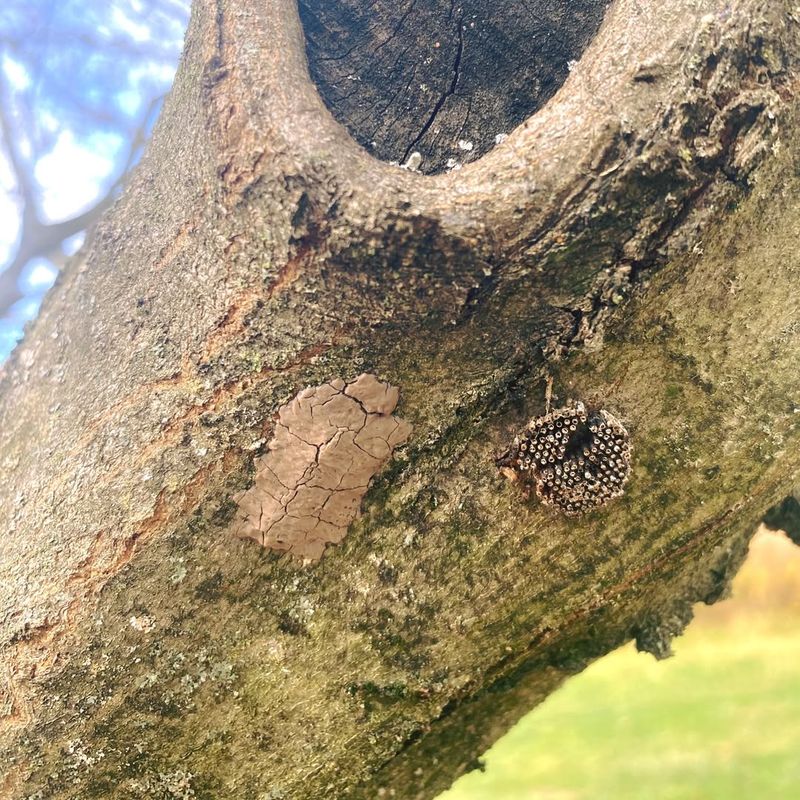Have you ever been out for a walk and noticed a bright orange ribbon tied around a tree? I used to wonder what those meant too—until I started digging into it. Turns out, those simple ribbons can carry a lot of meaning, and they’re often used in ways that go far beyond just marking trees.
Each time it made me curious enough to learn more. Sometimes it’s about preservation, sometimes protest, and other times, it’s just a way for people to come together and be seen.
So, whether you’re a curious soul or someone involved in community planning, these reasons can shed light on why orange ribbons show up in the most unexpected places. Let’s unravel the story behind this small but meaningful gesture.
1. Construction Boundaries
Navigating a construction site often involves complex logistics, where each tree marked with an orange ribbon indicates a boundary or area for preservation.
This practice ensures that valuable trees are not accidentally removed during building or renovation projects. Contractors and project managers pay close attention to these markers, as they help maintain compliance with environmental regulations and zoning laws.
An orange ribbon can mean the difference between preserving a natural asset and facing fines or delays. By visually defining these critical zones, orange ribbons play a vital role in environmentally responsible construction.
2. Tree Preservation
In urban planning, tree preservation is a critical concern. Orange ribbons around trees often signify protection, highlighting those that must remain untouched amidst surrounding development.
These ribbons serve as visual cues to safeguard important trees, which may be decades or even centuries old. This practice ensures that urban developments coexist with nature, providing habitat for wildlife and green spaces for the community.
With marking trees for preservation, communities demonstrate a commitment to maintaining biodiversity and ecological balance in urban areas.
3. Maintenance Alerts
In botanical gardens and parks, orange ribbons are used to signal maintenance needs, such as pruning or pest control. These ribbons alert groundskeepers to trees requiring attention, ensuring timely care.
When marking trees this way, gardeners can prioritize their workload, addressing issues like dead branches or invasive species before they become problematic.
This organized approach to tree maintenance helps keep public and private gardens healthy and safe for visitors.
4. Community Awareness
Raising awareness about environmental issues often begins with simple, visible actions. Orange ribbons on trees can be part of a community initiative to educate people about conservation efforts.
Such visual markers spark conversations, encouraging residents to engage with local environmental campaigns or tree-planting projects.
By tying orange ribbons around trees, communities can foster a sense of unity and responsibility towards their natural surroundings.
5. Environmental Studies
In academic settings, orange ribbons on trees indicate subjects of study, often used in environmental science courses.
These trees may be part of experiments or observational studies on growth patterns or ecological impact. Marking them clearly helps students and researchers maintain consistency in data collection and analysis.
By identifying specific trees for study, educational institutions can facilitate hands-on learning experiences and contribute valuable research to the broader scientific community.
6. Wildlife Monitoring
Wildlife researchers use orange ribbons to identify trees that serve as habitats for certain species. This practice is crucial for monitoring animal populations and understanding their interactions with the environment.
With marking these trees, researchers can easily locate and observe critical nesting or feeding sites.
This aids in the study of species behavior and migration patterns, ultimately informing conservation strategies and efforts to protect endangered wildlife.
7. Cultural Significance
In some cultures, tying orange ribbons around trees holds symbolic meaning or religious significance. These practices can be part of festivals, rituals, or ceremonies that honor the natural world.
The ribbons may represent protection, prosperity, or a connection to spiritual beliefs. They become part of a cultural narrative, showcasing the community’s reverence for nature and its role in traditional customs.
By adorning trees with ribbons, people express cultural identity and continuity.
8. Property Lines
In residential areas, orange ribbons on trees can mark property lines or disputed boundaries. This visual cue helps property owners and surveyors accurately determine land divisions.
Clearly marked boundaries prevent disputes and ensure that agreements about land use and ownership are honored.
Orange ribbons provide a temporary, non-invasive method to denote these lines, aiding in peaceful coexistence between neighbors.
9. Event Decoration
Tying orange ribbons around trees can be a decorative element for special events like weddings or community celebrations.
The color adds a festive touch to outdoor settings, complementing themes or color schemes.
These ribbons enhance the aesthetic appeal of the venue, creating a welcoming atmosphere for guests. In such contexts, orange ribbons are a practical and beautiful way to incorporate nature into event planning.
10. Fundraising Initiatives
Nonprofit organizations may use orange ribbons on trees to promote fundraising initiatives. These ribbons draw attention to causes, encouraging the public to participate or donate.
With marking trees in prominent areas, charities can increase visibility for their campaigns, creating a tangible connection between the community and the organization’s mission.
This strategy helps mobilize support and raise awareness for important social or environmental issues.
11. Memorials and Tributes
Orange ribbons on trees can serve as memorials, honoring individuals or events. They provide a simple yet meaningful way for communities to remember and reflect.
These ribbons become symbols of remembrance, offering a space for personal reflection and collective mourning.
By marking trees this way, people create lasting tributes that integrate nature into the act of remembrance.
12. Pathway Marking
On hiking trails, orange ribbons are used to mark pathways, ensuring hikers stay on the correct route. This practice is especially useful in dense forests or areas with unclear trails.
By providing clear visual cues, these ribbons enhance safety and prevent hikers from getting lost. This simple marking system supports outdoor adventures by promoting navigational ease and confidence.
13. Survey Markers
Surveyors use orange ribbons on trees to denote specific points of interest or measurement during land assessments. These markers assist in data collection and ensure precision in mapping.
Using ribbons allows surveyors to clearly identify and revisit key locations, facilitating accurate and efficient surveys.
This practice supports land development and planning processes, providing critical information for future projects.
14. Safety Warnings
In parks and recreational areas, orange ribbons on trees may signal potential hazards, such as weak branches or proximity to steep drops. These markers alert visitors to stay cautious.
Providing a visual warning system helps manage visitor safety, preventing accidents and injuries. By marking dangerous areas, park authorities can maintain a safe environment for everyone to enjoy nature responsibly.
15. Pest Control
In agriculture, orange ribbons around trees can indicate areas undergoing pest control treatments. Farmers use these markers to ensure that treated trees are monitored for effectiveness.
This system allows for the targeted management of pests, reducing crop damage and promoting healthy growth.
By visually identifying treated trees, farmers can streamline their pest control efforts, enhancing agricultural productivity.

